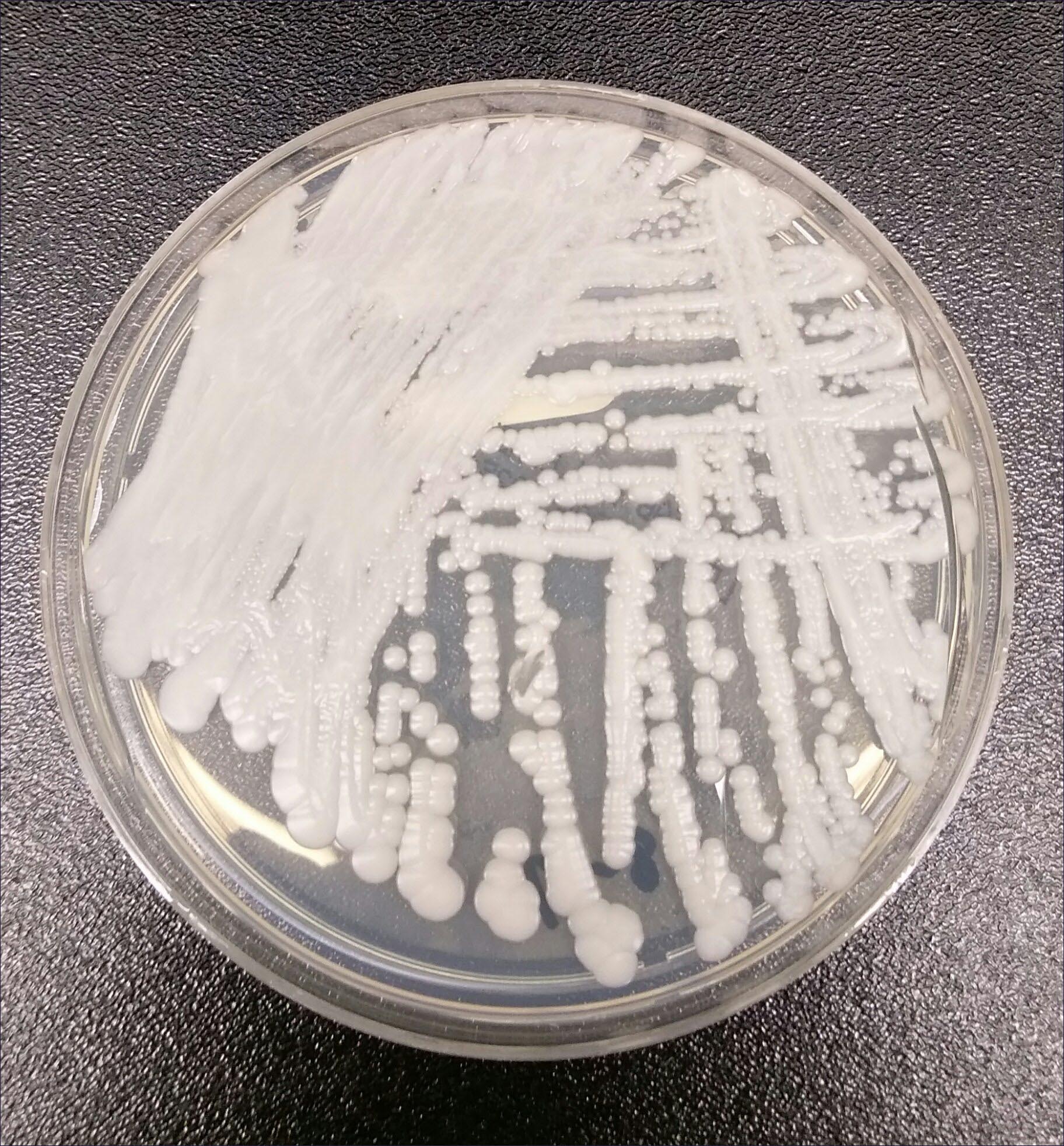C. auris survives 7 days on moist or dry surfaces
Click Here to Manage Email Alerts
In an experiment, multiple strains of Candida auris survived for 7 days on moist or dry surfaces, supporting a hypothesis about one of the ways the emerging and often drug-resistant fungal pathogen can spread, researchers said.
C. auris emerged suddenly on several continents in 2008 or 2009 and has been implicated in hospital outbreaks around the globe, including around 100 cases in the United States, according to the CDC. Earlier this year, experts interviewed by Infectious Disease News voiced concern over the fungus’ drug resistance and the difficulty of distinguishing it from other invasive Candida infections.
Writing in Infection Control and Hospital Epidemiology, researchers said that although C. auris has been recovered from health care surfaces, it was unclear how it compares with other Candida species in this regard. The results of their study showed that C. auris has a greater propensity to survive on surfaces than C. albicans but not C. parapsilosis or C. glabrata. Moreover, Candida species in general were likelier to persist on moist surfaces than other pathogens.
“In comparison to common bacterial pathogens, Candida species were recovered with similar frequencies from dry surfaces and were recovered significantly more often from moist areas such as sinks,” Curtis J. Donskey, MD, professor of medicine at Case Western Reserve University and staff physician in the infectious diseases section at Louis Stokes Cleveland VA Medical Center, and colleagues wrote.
“These results provide support for the hypothesis that contaminated surfaces could be an important source for transmission of Candida auris,” they said.
Donskey and colleagues conducted a culture survey examining eight strains of C. auris and three strains each of C. albicans, C. parapsilosis and C. glabrata on moist and dry surfaces for up to 7 days. The researchers used non-nutrient agar to simulate moist surfaces and steel disks for dry surfaces. These were inoculated with each species and then sampled after 2 hours and at 1, 2 and 7 days. In the hospital, they used swabs to test moist surfaces like sinks and shower drains and dry surfaces like bed rails, bedside tables, call buttons and telephones.

According to the results, each strain of Candida species was detectable on the steel disks after 7 days, although the percent of recovery of each species decreased. For C. auris, the recovery rates of all eight strains were similar, Donskey and colleagues reported. The rates were significantly greater at the beginning and end of the study period than those of C. albicans but significantly less than those of C. parapsilosis. Donskey and colleagues said no significant decrease was seen in the recovery rate of any Candida species on the moist non-nutrient agar.
C. auris was not isolated from any of the hospital samples, but other Candida species were recovered significantly more often than other pathogens from the moist surfaces, with no significant difference seen on dry surfaces.
“The high recovery rate of non-albicans Candida species from hospital surfaces suggests that the environment might be an underappreciated reservoir for spread of Candida species other than C. auris,” Donskey and colleagues wrote. “Non-albicans Candida species, including C. lusitaniae, C. parapsilosis and C. glabrata, have been recovered from the hospital environment. Further studies are warranted to investigate the role of contaminated surfaces in transmission of Candida species.”
Donskey and colleagues noted that the CDC recommends using an EPA-registered, hospital-grade disinfectant that is effective against Clostridium difficile to protect against environmental infection with C. auris.
“Further data are needed regarding the efficacy of different disinfectants against C. auris,” they wrote. “Given that we frequently recovered Candida species from moist surfaces, the potential for spread of C. auris from moist sites, such as sinks that have been implicated in dissemination of multidrug-resistant, gram-negative bacilli, should also be clarified.” - by Gerard Gallagher
Disclosure: Donskey reports receiving research grants from Merck, GOJO, STERIS and EcoLab and serving on an advisory board for 3M.
